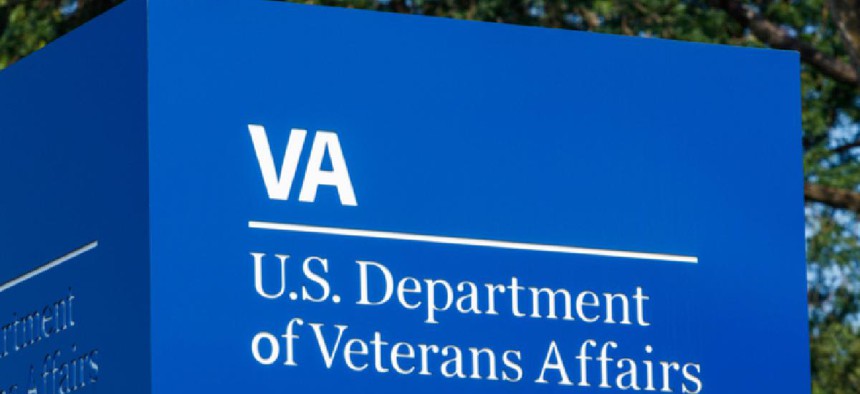Infrastructure readiness lags behind VA health record plans

The first go-live date for the Cerner health record at a VA facility was delayed first because of readiness problems and then because of COVID-19 pandemic, but an oversight report indicates that infrastructure woes plagued the project almost from the beginning.

When the Department of Veterans Affairs signed a $10 billion contract with Cerner to modernize its electronic health care system, it knew it had a heavy lift coming in modernizing facility infrastructure to support the new technology.
The current, homegrown VistA system was operated and updated locally. When the system was launched in 1994, bandwidth was expensive and 1 gigabit internet was essentially science fiction. The ability to run and manage the system on local infrastructure was a feature, not a bug – and the inability to connect with other systems and share records even with other far-flung VA facilities was an unfortunate consequence of the highly federated system.
Once health record interoperability between VA, the Defense Department and non-governmental systems became a priority, first DOD and then VA selected the Cerner Millennium system to support health records so that health information would follow a member of the armed forces from the day of induction to the end of life.
DOD started down this road first, and learned some tough lessons about what it takes to upgrade facilities to support the bandwidth required to operate the Cerner Millennium system. Investments in telecommunications infrastructure, including cabling and power supplies, data centers, climate control, ventilation and end user devices, were all needed – and ideally should be in place six month ahead of the integration of the new system to support training and change management.
According to an oversight report from VA's Office of Inspector General released April 27, efforts to outfit the Mann-Grandstaff VA Medical Center – the site of the initial operating capability launch of the Cerner system – lagged behind schedule, making the planned March launch of the Cerner system untenable. The VA punted this date until July before announcing that further delays were inevitable because of VA's need to respond to the COVID-19 pandemic. Similarly, DOD informed Congress on March 31 it was hitting pause on future Cerner activations for the duration of the COVID-19 public health emergency.
"By not having the proper infrastructure ready for the deployment of the new system, VA has reduced its ability to identify the root causes for any system performance issues, as DoD experienced during its electronic health record system implementation," the report states.
According to the report, the schedule for physical infrastructure upgrades was "unrealistic."
Some of the issues, particularly the distribution of compliant, modern end-user devices, were addressed in the time between OIG's visits to Mann-Grandstaff and the release of the report, according to more recent testimony by VA officials in Congress.
In reply comments, John Windom, the executive director of the Office of Electronic Health Record Modernization, said his group identified problems that aligned with those laid out in the OIG report even before the OIG's draft was released. Windom said the department is implementing improvements "aligned to OIG's recommendations." VA officials concurred with eight recommendations offered in the OIG report, and OIG is considering all the recommendations but one closed.
NEXT STORY: Cyber and other transaction agreements






